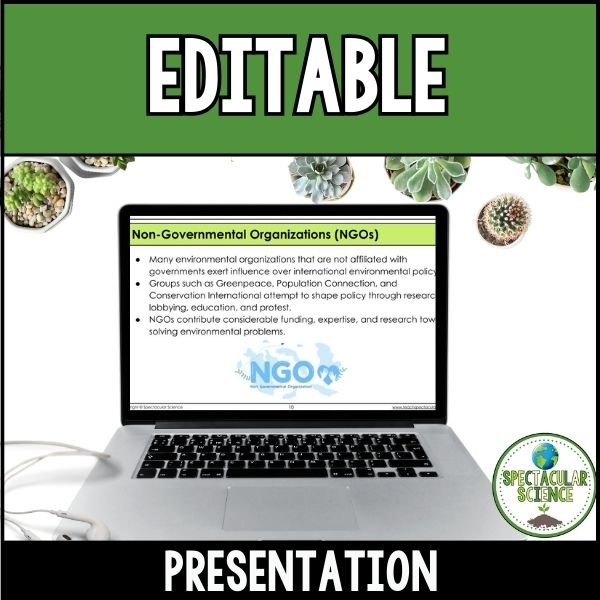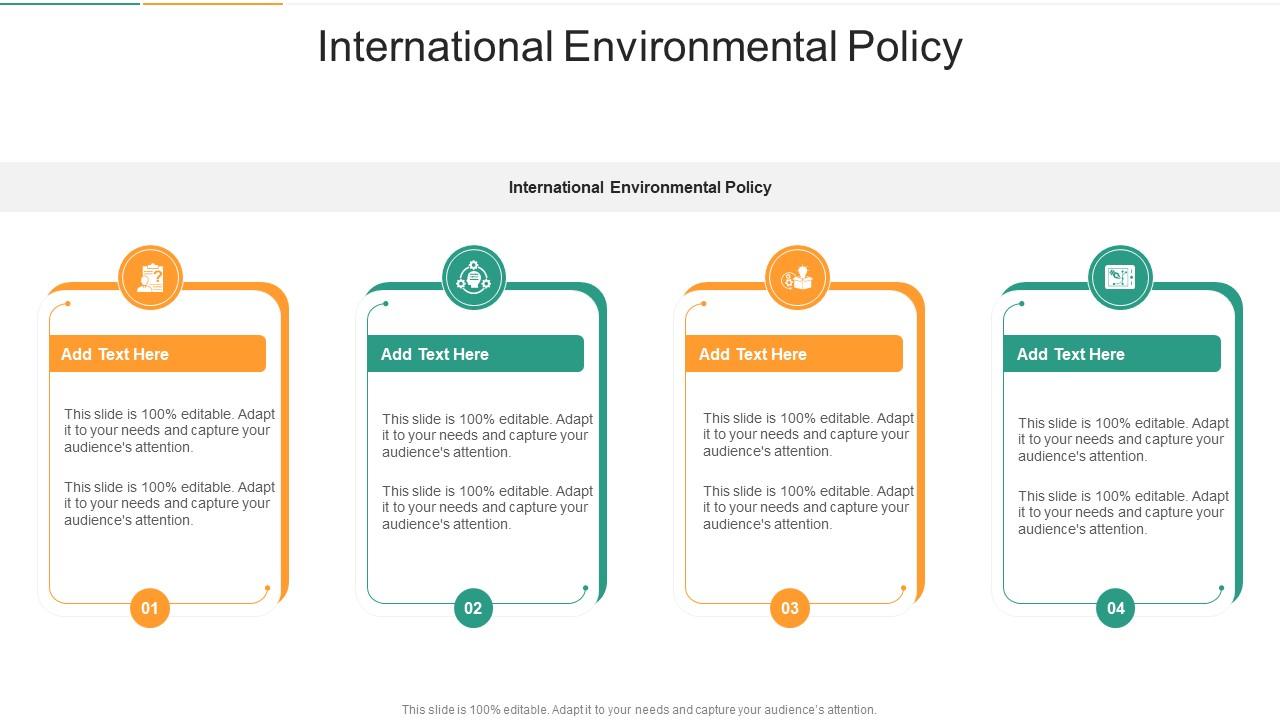2.3 International Environmental Policy And Approaches

Global environmental accords are failing to curb ecological devastation despite decades of international cooperation. A patchwork of treaties and agreements lack teeth, leading to alarming biodiversity loss, climate change acceleration, and escalating pollution levels.
This article examines the shortcomings of current international environmental policies and approaches, highlighting the urgent need for strengthened, enforceable mechanisms to address the planetary crisis.
The Fragmented Landscape of International Agreements
The current international environmental policy framework is characterized by a collection of treaties, conventions, and protocols, each addressing specific environmental issues. These include the Paris Agreement on climate change, the Convention on Biological Diversity (CBD), and the Montreal Protocol on ozone-depleting substances.
However, the fragmented nature of these agreements, coupled with varying levels of commitment from signatory nations, weakens their overall effectiveness. A 2023 UNEP (United Nations Environment Programme) report found that current pledges under the Paris Agreement are insufficient to limit global warming to 1.5°C above pre-industrial levels.
Climate Change: A Test Case of Ineffectiveness
The Paris Agreement, while lauded for its global participation, operates on a system of nationally determined contributions (NDCs). Each country sets its own targets for emissions reductions, leading to a wide range of ambition and accountability.
Analysis by the Climate Action Tracker consistently reveals a significant gap between pledged emissions reductions and what is needed to meet the 1.5°C target. This gap translates to a projected global temperature increase of 2.7°C by the end of the century, with potentially catastrophic consequences.
Biodiversity Loss: The Silent Emergency
The CBD aims to conserve biological diversity, promote its sustainable use, and ensure the fair and equitable sharing of benefits arising from genetic resources. Despite these goals, biodiversity continues to decline at an alarming rate.
The Global Assessment Report on Biodiversity and Ecosystem Services, published by IPBES (Intergovernmental Science-Policy Platform on Biodiversity and Ecosystem Services) in 2019, warned that around one million animal and plant species are now threatened with extinction. The report directly links this loss to human activities and highlights the failure of current conservation efforts.
"The health of ecosystems on which we and all other species depend is deteriorating more rapidly than ever. We are eroding the very foundations of our economies, livelihoods, food security, health and quality of life worldwide." - IPBES, 2019
Enforcement Challenges and the Sovereignty Dilemma
A significant weakness of international environmental agreements is the lack of effective enforcement mechanisms. Most treaties rely on voluntary compliance and peer pressure, which often proves insufficient to deter non-compliance.
The principle of national sovereignty also poses a significant challenge. Nations are often reluctant to cede control over their environmental policies to international bodies, hindering the development of binding regulations and enforcement measures.
Emerging Approaches: A Glimmer of Hope?
Despite the challenges, there are some emerging approaches that offer potential for improving international environmental policy. These include focusing on carbon pricing, nature-based solutions, and enhanced international cooperation.
Carbon pricing mechanisms, such as carbon taxes and cap-and-trade systems, aim to internalize the environmental costs of carbon emissions. While these mechanisms have been implemented in some regions, their widespread adoption and harmonization remain a challenge.
Nature-based solutions involve using ecosystems to address environmental challenges, such as climate change and biodiversity loss. These solutions can provide multiple benefits, including carbon sequestration, water regulation, and habitat restoration.
The Kunming-Montreal Global Biodiversity Framework: A New Dawn?
In December 2022, the Kunming-Montreal Global Biodiversity Framework was adopted at the COP15 (Conference of the Parties) to the CBD. This framework sets out ambitious goals and targets for halting and reversing biodiversity loss by 2030.
Key targets include protecting 30% of the world's land and oceans, reducing harmful subsidies, and mobilizing financial resources for biodiversity conservation. The success of this framework will depend on its effective implementation and monitoring.
Urgent Action Required
The current state of international environmental policy is inadequate to address the scale and urgency of the planetary crisis. Strengthened international cooperation, binding agreements, and effective enforcement mechanisms are urgently needed.
Failure to act decisively will have catastrophic consequences for ecosystems, human societies, and the global economy. The time for incremental change is over; transformative action is required now.
The UN is scheduled to review the progress of the Kunming-Montreal Global Biodiversity Framework in 2026. This review will be a critical opportunity to assess the effectiveness of the framework and identify areas for improvement.





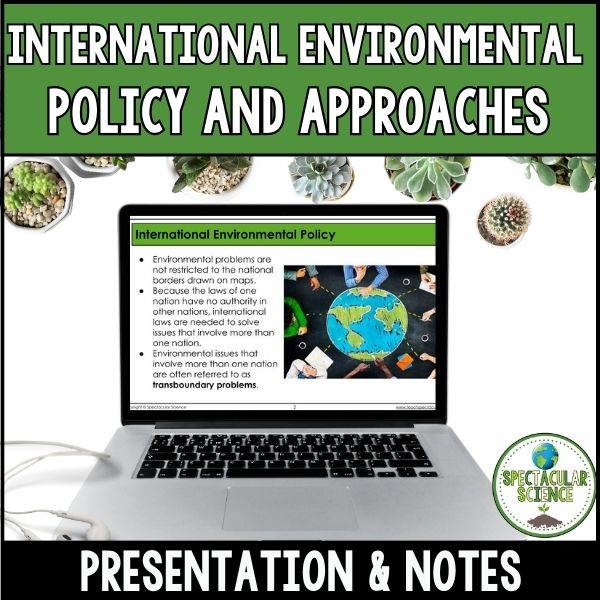
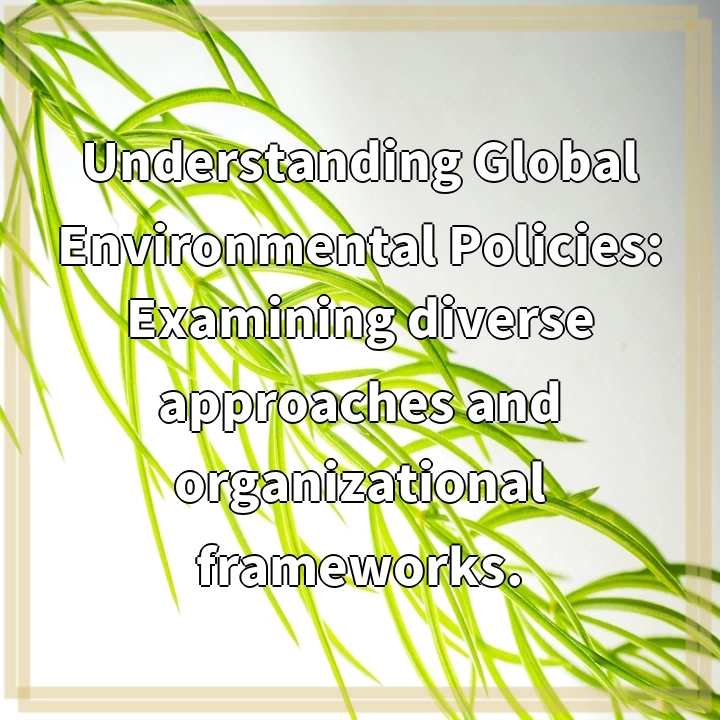


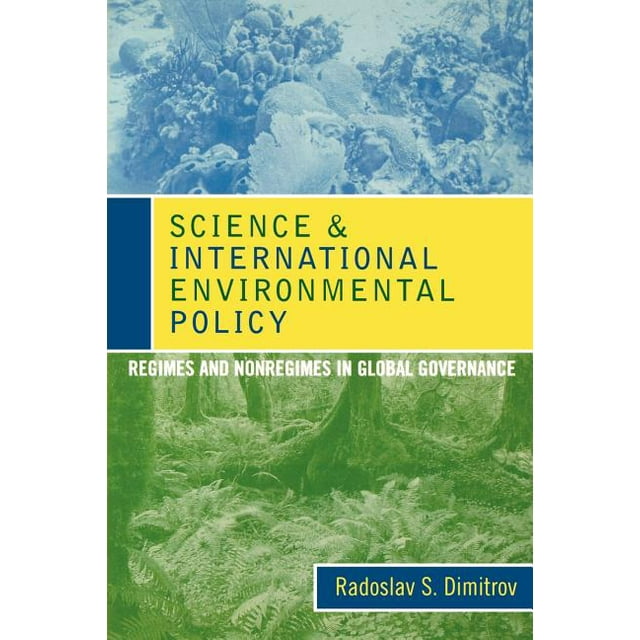
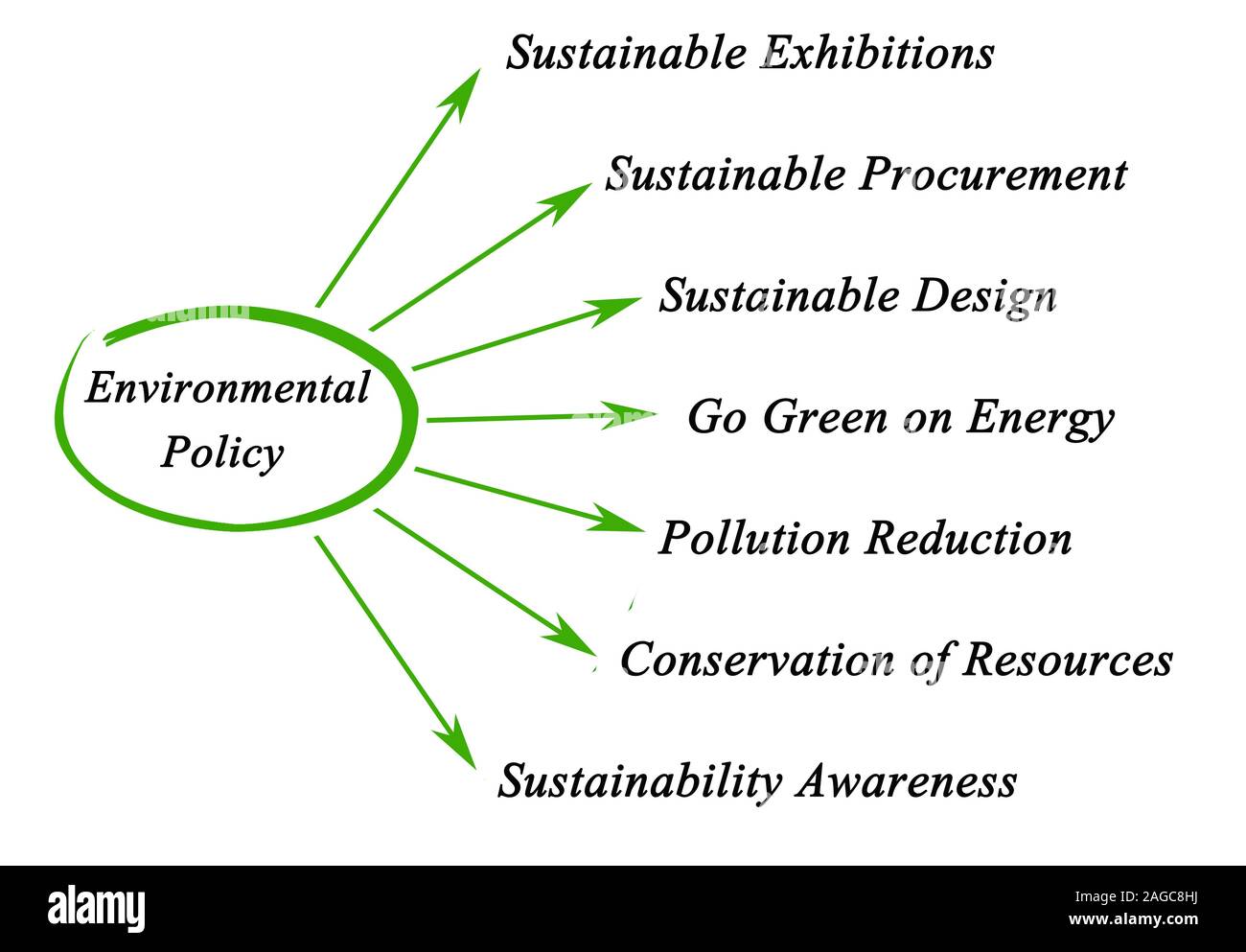
+Justification:+environmental+impact.jpg)

